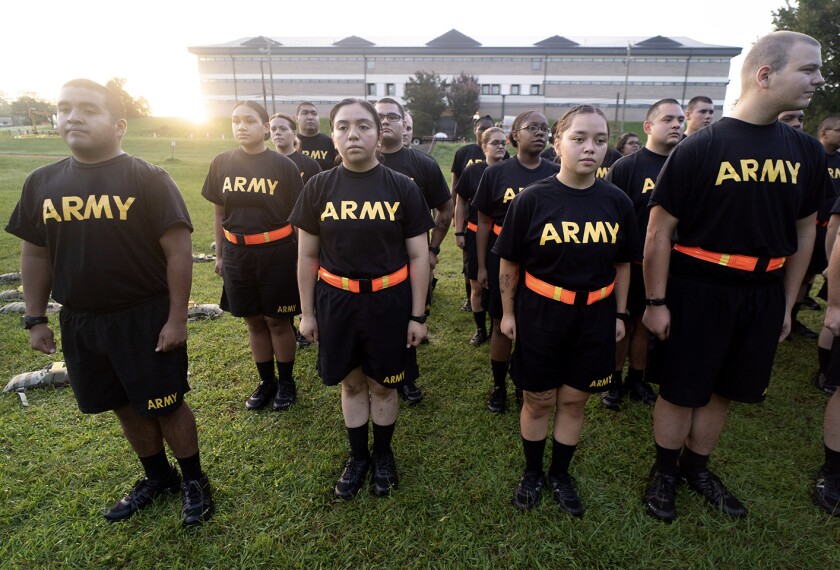Students who enter high school with the academic potential to attend a four-year college after graduation make very different choices about higher education based on the high school they attend, according to a new set of analyses by Harvard University’s Strategic Data Project.
In their analysis, researchers from Harvard’s Center on Education Policy Research linked high school records to college enrollment data for students at public schools in Albuquerque, N.M.; Boston; Charlotte-Mecklenburg, N.C.; Fort Worth, Texas; Fulton and Gwinnett counties in Georgia, and Philadelphia. They found that, of students who showed academic potential—as judged by their cumulative high school GPAs and math and verbal SAT scores—18 percent enrolled in less-selective four-year colleges, two-year institutions or no higher education at all. Students who chose less-selective colleges were less likely to continue through to earn a diploma.
“These are people who are clearly poised for success and are not clearly moving into it,” said Jon Fullerton, the center’s executive director. High-performing students may be choosing apprenticeships or vocational programs that don’t require a four-year degree, he said, but they could also have trouble navigating the college-selection and financial aid processes in order to attend more selective four-year programs.
In a separate analysis, researchers found widely disparate college-going rates for different high schools within each district, from a 28-percentage-point spread in Fort Worth to an 89-percentage-point spread in Philadelphia.
While schools with higher standardized test scores, on average, sent more students to college four years later, a different picture emerged when researchers disaggregated students into quartiles based on their academic preparation in 8th grade.
In general, students who entered high school in the top 25 percent of the district academically had a 65 percent change of enrolling in a four-year college after high school, researchers found—but in Albuquerque, Charlotte, and Gwinnett County, the college-going chances of top-quartile students increased to more than 80 percent. Within districts, lower-performing students in some schools had better chances to go on to a four-year college than top performers in other schools.
In the 93,000-student Fulton County district, guidance counselors were surprised at the gap between college acceptance and enrollment rates.
In response, six county high schools piloted a summer program to keep students on track to college by helping them find a college, financial aid, housing, and required freshman courses. Educators also surveyed graduates on why they delayed or decided against college.The district’s on-time college enrollment rate for disadvantaged students has since risen by 10 percentage points; enrollment in four-year colleges rose by 9 percentage points, the researchers found.





